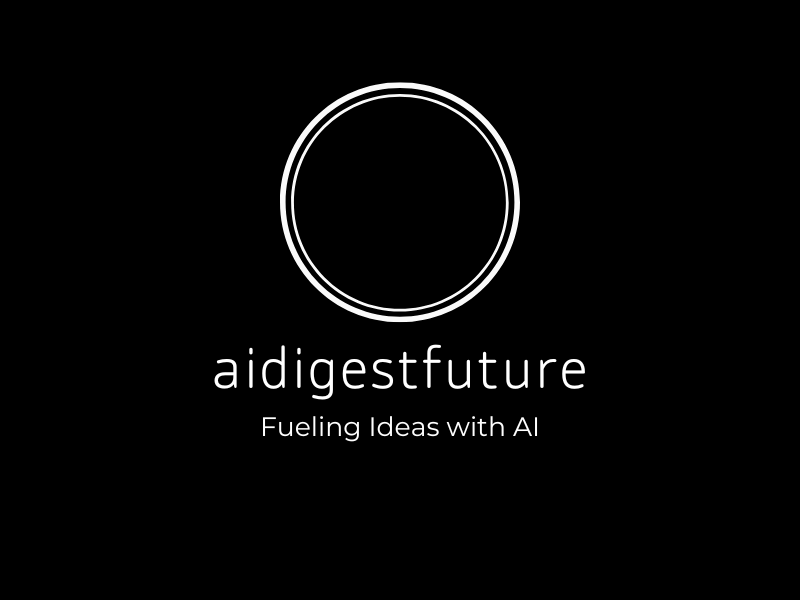
### Opportunities, Innovations, and Challenges Ahead: Unveiling AI’s Potential
Artificial Intelligence (AI) has emerged as one of the most transformative technologies of our time. With its ability to expedite processes, enhance decision-making, and unlock unparalleled levels of efficiency, AI’s potential is vast. However, this rapidly evolving field also comes with its share of challenges. As we stand at the cusp of unprecedented opportunities for innovation, it’s vital to explore the landscape of AI: where it shines, where it falters, and what lies ahead.
—
## Unlocking the Opportunities of Artificial Intelligence
AI’s rapid growth has opened up immense opportunities for businesses, governments, and individuals. Here’s a closer look at the possibilities:
### 1. **Revolutionizing Industries**
AI is transforming industries by introducing intelligent automation:
- Healthcare: AI is enabling faster and more accurate diagnoses through tools like predictive analytics and image recognition. From personalized treatments to drug discovery, its applications are endless.
- Finance: Fraud detection, risk assessment, and algorithms that predict stock movements are revolutionizing how financial institutions operate. AI minimizes human error and increases efficiency.
- E-commerce: Through personalized product recommendations, AI boosts sales and customer satisfaction, all while managing inventory and logistics more effectively.
### 2. **Enhancing Decision Making**
AI’s ability to analyze massive datasets quickly and effectively empowers organizations to make informed decisions based on real-time insights.
### 3. **Improving Accessibility**
AI-powered tools, such as speech-to-text software and screen readers, have greatly enhanced accessibility for people with disabilities. The democratization of technology ensures that more people can meaningfully participate in the global economy.
—
## Innovations in the AI Landscape
The rapid evolution of AI continues to spark innovative breakthroughs. Some of the most significant recent advancements include:
### 1. **Generative AI and Creativity**
Generative AI tools, such as ChatGPT and DALL-E, are reshaping what machines can create. These systems can generate text, images, music, and videos, unlocking artistic and professional creativity at scale.
### 2. **Natural Language Processing (NLP)**
Modern NLP technologies allow machines to better understand human speech and intent. From chatbots to voice assistants, innovations in NLP are changing the way humans interact with machines.
### 3. **AI in Sustainability**
AI is driving breakthroughs in sustainability efforts:
- Energy Optimization: AI models help optimize energy grids, reduce waste, and improve renewable energy adoption.
- Climate Prediction: Advanced AI algorithms are predicting the impacts of climate change, aiding in mitigation and adaptation strategies.
### 4. **AI in Education**
AI-driven platforms personalize learning by tailoring content and pace to individual students. Tools like intelligent chat tutors are filling gaps for learners worldwide, particularly in underdeveloped regions.
—
## Challenges to Address
While the opportunities and innovations are exciting, the adoption and integration of AI face significant hurdles:
### 1. **Ethical and Privacy Concerns**
AI often raises concerns about privacy and ethics:
- Bias in AI algorithms can perpetuate systemic inequalities.
- The collection of vast amounts of personal data sometimes crosses privacy boundaries.
- Deepfakes and AI-generated misinformation pose societal risks.
### 2. **Job Displacement**
The automation driven by AI results in job displacement in industries reliant on repetitive or manual tasks. Balancing innovation with workforce needs is a conversation that must continue.
### 3. **Regulation and Governance**
The absence of cohesive global and national regulations often makes AI development a contentious issue. Ensuring safe and ethical AI deployment is an ongoing challenge.
### 4. **Technical Challenges**
Despite its promise, AI is not without limitations:
- High computational costs and energy consumption can limit scalability.
- Complex AI systems lack transparency, often operating as “black boxes” where even developers can’t fully explain their decisions.
—
## The Road Ahead: Unveiling AI’s Potential
The future of AI lies in balancing its opportunities, innovations, and challenges. Stakeholders—governments, tech companies, and society—must work collaboratively to create a framework for responsible AI.
### 1. **Building Ethical AI Systems**
AI-focused companies need to prioritize bias elimination, transparency, and accountability, ensuring that ethical frameworks guide development and deployment.
### 2. **Upskilling the Workforce**
Policies should emphasize reskilling and upskilling to minimize job displacement. A shift toward education models focused on digital literacy and technical expertise is essential.
### 3. **Scalable and Sustainable AI**
The AI community must invest in greener AI algorithms and energy-efficient technologies. Reducing energy footprints without sacrificing innovation will be a critical step forward.
### 4. **Transparent AI Regulations**
Harmonized global regulations are essential to address AI’s complex challenges. These regulations should focus on ethical practices, data privacy, and responsible innovation.
—
## Conclusion
AI stands as the cornerstone of modern innovation, with its potential to reshape industries, improve decision-making, and tackle global challenges. However, realizing AI’s full potential requires overcoming ethical, regulatory, and technical barriers. By fostering collaboration, prioritizing sustainability, and embracing innovation responsibly, we can unleash AI’s transformative power while addressing the challenges ahead.
As AI continues to evolve, its influence on society will grow. The choices we make today will determine whether AI becomes a force for good—a tool to solve humanity’s biggest problems—or a disruptor that exacerbates inequalities and challenges. Let’s steer the future wisely and purposefully.
